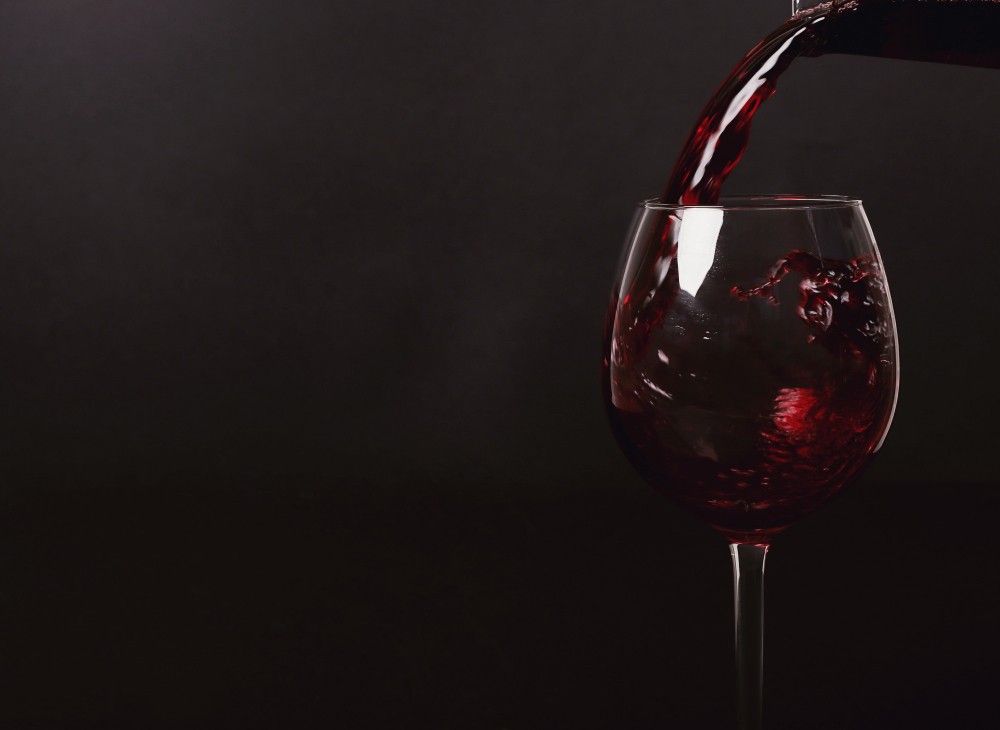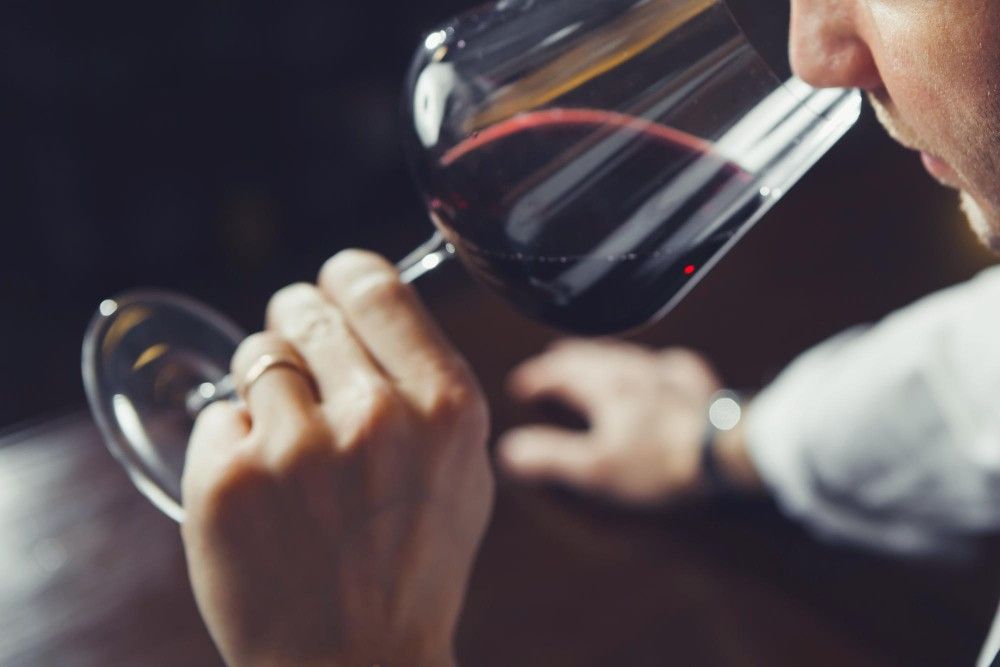Wine descriptions might initially appear complex, but once you grasp the meaning of the five primary wine characteristics, everything becomes clearer. It’s crucial to know what to look for in a wine to understand your preferences and dislikes for different grape varieties. In this blog post, we will delve into comprehensive details about each wine characteristic, enhancing your insights during wine tasting experiences.
There are five key characteristics that wine sommeliers focus on when evaluating various wines: sweetness, acidity, body, tannin, and alcohol. We’ll elaborate on each of these aspects in greater depth.

Sweetness
This aspect of wine may seem self-explanatory at first, but it’s not quite that simple. Many assume that since grapes are sweet, wine must also be sweet. However, that’s not always the case. While grapes may be sweet at harvest, the winemaking process involves fermentation, which consumes the grapes’ sugar. Consequently, the resulting wine is typically referred to as dry. In some instances, residual sugar remains after fermentation, determining whether the wine is sweet, semi-sweet, off-dry, or dry.
Moreover, some people often confuse sweetness with fruitiness. When describing wine, we often start by identifying its fruit flavors and aromas, such as cherries or berries. Because these fruits are naturally sweet, it’s easy to assume that such flavors imply sweetness in the wine. Nevertheless, it’s important to bear in mind that although the fruit essence remains, its sugar transforms into alcohol during fermentation.

Acidity
Acidity pertains to the level of sourness in a wine. This is a critical element that can make the difference between a mediocre and an outstanding wine. There are three major types of wine acidity: citric, tartaric, and malic acid. These acids are inherent qualities of the grapes themselves, not byproducts of fermentation. Additionally, malic acid can convert into lactic acid during malolactic fermentation, a process managed by the winemaker, imparting a buttery taste to certain wines.
As grapes ripen, their sugar levels increase, causing acidity levels to decrease. Consequently, winemakers must harvest grapes at the right time. Early harvesting results in sour wine with low alcohol content, while late harvesting yields high alcohol content but lacks the necessary acidity to provide vibrancy.
The grape variety is also a vital consideration. White grapes are typically harvested earlier in their ripening process compared to red grapes. This is done to ensure that white wine maintains an appropriate level of acidity. On the other hand, red grapes need to be harvested later to reach phenolic ripeness, ensuring the tannins in the grape’s skin, stems, and seeds change without imparting bitterness.
Acidity plays a significant role in wine aging. Since aging relies on oxygen, and acids slow down oxidation, the right acidity level facilitates the wine’s aging process. This is why wines with higher acidity have greater longevity compared to those with lower acidity.

Body
Body is among the most complex wine characteristics because it can’t be quantified. While acidity or sweetness can be measured and analyzed based on chemical levels and numbers, body is a sensory experience. We gauge a wine’s body by describing how it does or doesn’t coat the mouth.
Three components—alcohol, glycerol, and sugar—combine to create a wine’s specific texture and sensation. You can categorize a wine’s body as full, medium, or light. During a wine tasting, if a wine fully coats your mouth and feels rich and creamy, it’s considered full-bodied. Conversely, if the wine feels lighter and more watery, it’s deemed light-bodied. If the wine falls in between, it’s categorized as medium-bodied. Many liken the concept of wine body to milk for better comprehension: light body resembles skim milk, medium body is akin to 1% or 2% milk, and full body is similar to whole milk.

Tannin
Recall a moment when you savored a sip of wine and experienced the sudden evaporation of moisture in your mouth. This is the effect of tannin – the astringent and bitter component found in wine. Tannins play a pivotal role in shaping the structure and aging potential of the wine, especially in the case of wines aged in barrels. These tannins are derived from the skin, seeds, and stems of grapes. Tannins that are often considered “good” (less harsh) predominantly originate from the grape skins and the aging barrels.
The grape juice that results after crushing the grapes retains the seeds and skins, allowing for the extraction of color and tannin. The longer the juice macerates with the grape skins, the darker and more tannic the wine becomes. Tannin’s ability to slow down the oxidation process is a critical factor that facilitates the wine’s gradual aging.
Alcohol
Among the various aspects of wine, alcohol frequently emerges as a favorite among connoisseurs. But what exactly is alcohol in wine? It’s a natural byproduct of the fermentation process, in which yeast metabolizes grape sugars, ultimately producing alcohol, primarily in the form of ethanol.
The alcohol content in wine is intricately connected to the sugar content of the grapes and the degree of fermentation they undergo. Grapes with low sugar levels at harvest yield wines with lower alcohol percentages, while sugar-rich grapes result in high-alcohol wines. Notably, wine regions in Mediterranean or warm climates often yield wines with higher alcohol levels. The alcohol content in wine spans a wide range, from a modest 5.5% to a robust 20% alcohol by volume (ABV). Most commonly enjoyed wines fall within the 11% to 14% ABV range.
The alcohol in wine exerts a significant influence on both the sensory experience and aging potential of the wine. Ideally, alcohol should seamlessly integrate into the wine’s overall flavor profile. It’s only when a wine loses its balance that the presence or absence of alcohol becomes noticeable. An excessively high alcohol content, relative to other wine characteristics, can impart a sensation of heat or alcoholic strength. This can even affect the wine’s aroma, introducing notes reminiscent of eucalyptus or cough syrup. Conversely, wines with too little alcohol can come across as feeble and insipid.

How to Assess Wine Quality
Now that you are acquainted with the five primary attributes of every wine type, we will delve deeper into the six key factors that determine a wine’s quality. An exceptional wine should excel in all six areas.
Balance
A high-quality, well-crafted wine will exhibit a range of elements that harmonize perfectly with each other. For instance, white wine should possess an appropriate level of acidity that complements the alcohol and sugar content. If the wine lacks sufficient acidity in comparison to its sweetness, it may come across as overly sweet. When it comes to red wine, the levels of tannin, acidity, and alcohol should blend seamlessly. In essence, all elements of the wine should integrate well into the wine’s aromatic profile. The flavors, components, and scents should meld cohesively to create a well-balanced drink.
Intensity
Intensity is easily observable. If a wine is concentrated, offering a distinct flavor and pronounced aromas, it is more likely to be of high quality. If the wine appears diluted with a faint taste, it is likely of lower quality. Intensity is evident on both the palate and the nose, as flavor and aroma work in tandem to produce a genuinely high-quality beverage.
Clarity
Clarity pertains to the wine’s ability to define its flavors. If the various nuances and flavor profiles of the wine are clearly distinct, precise, and expressive, the wine scores well in terms of clarity. If the wine seems dull, or its flavors appear blurred, it is likely indicative of lower quality.
Complexity
A high-quality wine exhibits significant complexity, featuring multiple layers of secondary or even tertiary aromas and flavors. This level of complexity demonstrates the wine’s varietal expression. In contrast, a lower quality wine is more straightforward, offering little to discover after the initial sip. High-quality wine is mysterious, multi-faceted, and incredibly intriguing.

Typicity
Typicity refers to a wine’s ability to faithfully represent the characteristics of its place of origin. In essence, a high-quality wine should encapsulate a sense of place. A wine displaying great typicity will embody the defining elements of the grape varieties used in its production. For instance, Cëruja, a white wine made from ungrafted grapes grown in the region of Klos, perfectly encapsulates the nuances and flavors typical of the region’s viticulture.
Finish
The length of the finish measures how long the sensations you experience after taking a sip of wine persist. This element is a vital indicator of a wine’s quality, comprising two dimensions: distance and duration.
Distance indicates the actual length the wine’s aromas travel through your mouth before dissipating. A great wine should feature a long finish, where the wine’s aromas extend throughout your palate before vanishing.
Duration is what often comes to mind when discussing a wine’s finish. It essentially refers to the duration of time during which the wine’s flavors linger after you’ve taken a sip. High-quality wine is persistent, with its taste and flavors lingering for several seconds, and sometimes even minutes, before dissipating. In contrast, lower quality wines have a less intense finish, where the flavors quickly fade after sipping.
Final Remarks
Winemaking excellence depends on achieving balance. If any of the wine’s attributes tilt the balance, the overall quality may suffer. A harmonious wine is one in which the winemaker has thoughtfully considered all five key wine attributes, ensuring that none overwhelms the others. Excessive sweetness without sufficient acidity disrupts balance, as does an excess of tannin or alcohol. Similarly, insufficient acidity or tannin can lead to premature wine deterioration. In the end, it’s all about achieving that delicate equilibrium.


